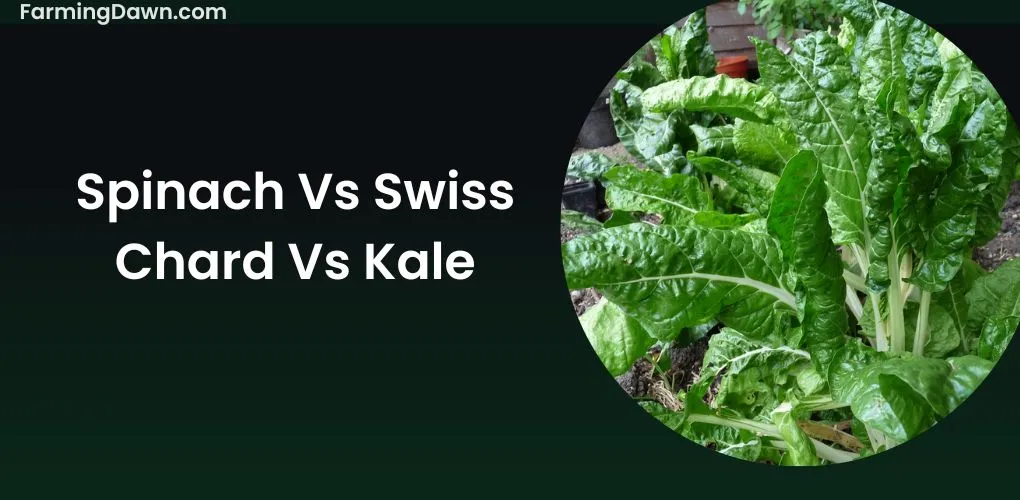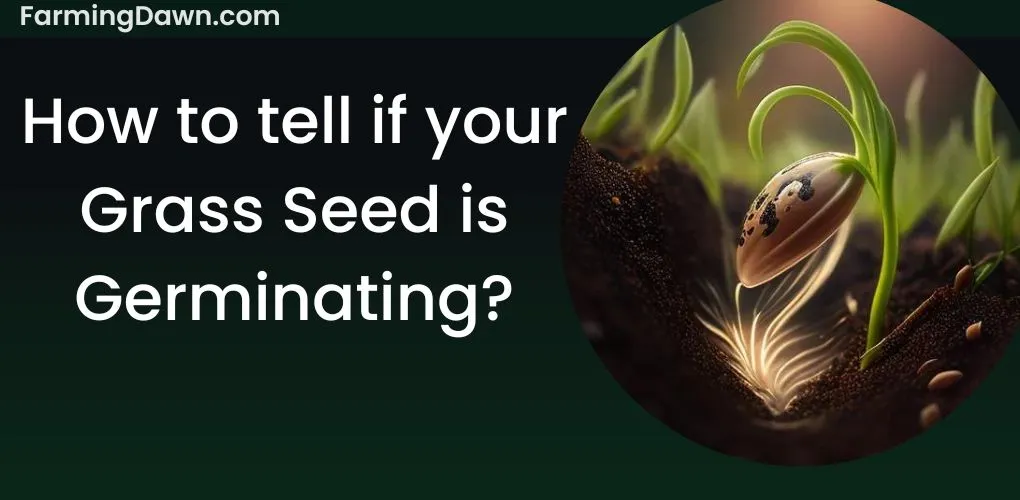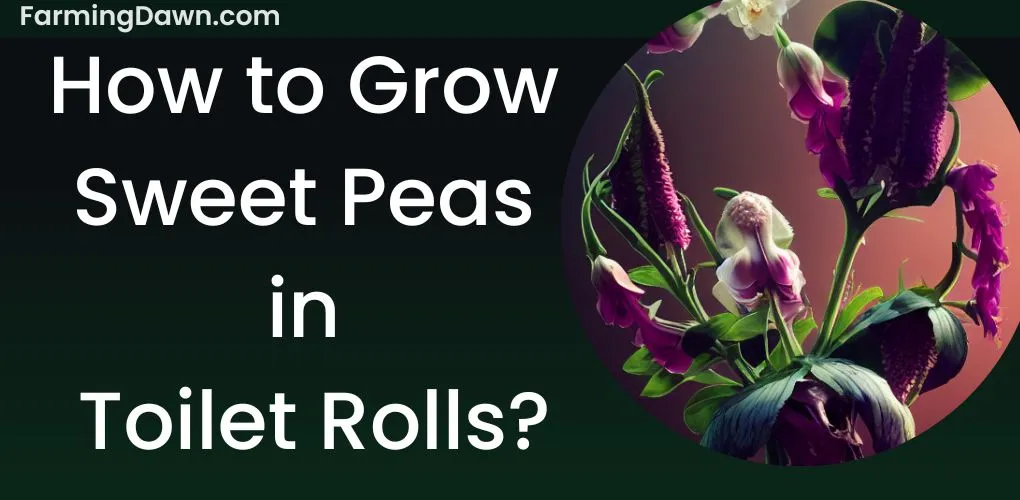Because of their vivid colors and endearing faces, gardeners and homeowners both love pansies. These little blooms are a popular choice for gardens, window boxes, and even hanging baskets because of their durability and capacity to flourish in various climates. However, like any living thing, to keep them looking their best, they require maintenance.
One common question every gardener has while growing pansies is related to deadheading pansies. Do you deadhead pansies? When and How to deadhead pansies? Their characteristics, growing habits, types, etc. So, today I will cover all of them in this single article and give you expert advice on this matter.
Deadheading Pansies: Do you deadhead pansies?
Deadheading pansies is a simple yet effective gardening practice that helps promote continued blooming and overall plant health. It involves removing spent or faded flowers from the plant to encourage the growth of new buds.
This helps the plant look its best and redirects energy from seed production to vegetative growth, resulting in a fuller and more robust plant. While it may seem like a small task, regularly deadheading pansies can greatly improve their performance in the garden and extend the blooming season.
So, if you want your pansies to perform at their best, give them a little extra TLC by deadheading regularly. I hope this clarifies your query. Should I deadhead pansies?
What Happens if you do not Deadhead Pansies?
Your pansies will start concentrating on making seeds rather than blooming more if you don’t deadhead them. As a result, the plant may produce fewer flowers overall and a less eye-catching display.
Deadheading also encourages a bushier growth habit, which causes the plant to become broader and smaller. The plant may become slim and less appealing if you don’t deadhead.
Deadheading your pansies regularly will guarantee they stay healthy and produce an abundance of brilliant blooms.
When to Deadhead Pansies?
The best time to deadhead pansies is when the flowers begin to fade and wilt, which can occur anywhere from a few weeks to a couple of months after planting.
Just above the closest set of sound leaves, cut off the old bloom, being careful not to damage the foliage. This encourages ongoing blooming throughout the growing season and maintains the plant at its best.
How To Deadhead Pansies?
Deadheading pansies is an easy and rewarding gardening task. It requires minimal time and effort but can bring about dramatic changes in the life of a garden. Not only does it help your garden look its best, but it also helps promote healthy growth for the future. Here, you can get the step-by-step instructions related to deadhead pansies:
Tools and Materials
You’ll need some basic tools to deadhead your pansies –
- Pruners
- Gloves
- A small bucket or container.
Pruners are essential for deadheading, as they give you the control necessary to make clean cuts that won’t harm the plant.
Gloves will help protect your hands from any sharp thorns and prevent dirt from getting on them.
A small bucket or container is important for collecting the deadheaded blooms; this way, they can be disposed of properly instead of being left in the garden bed.
Identifying the Right Blooms to Deadhead
To make sure you’re getting the most out of your pansy plants, it’s essential to recognize which blooms are spent and need removal – and that’s not always as easy as it seems! Knowing the signs of fading, wilting or even seed pod development can help you identify when to deadhead.
Differentiating between single and double varieties can also be important in deadheading; for instance, double pansies may have more petals on each bloom but still fade faster than their single counterparts. Taking the time to recognize these key markers will lead to successful deadheading and help your pansies keep blooming all season long.
With just a little effort, you can ensure your garden is full of vibrant color for years to come! And with this knowledge in hand, let’s move on to our step-by-step guide for deadheading your pansies.
Step-by-Step Guide: Deadheading Pansies
- Start by sanitizing your tools and preparing the work area, then decide if you’d like to pinch or cut off faded blooms.
- If pinching, use your thumb and forefinger to gently remove the flower head from the stem.
- For cutting back spent flowers, use sharp garden scissors or pruning sheers to snip off just above where the petals join the stem.
- Afterward, properly dispose of the removed flower heads in a compost bin or bagged up for trash pickup.
With these simple steps, you can ensure that your pansies are looking their best!
How to Deadhead Pansies in Pots?
Deadheading pansies entails removing wasted blossoms and stems to promote new development and stop the plant from devoting energy towards seed formation. I will share my method of deadheading that I used in my garden.
Simply cut off the old blooms at the stem’s base with clean, sharp garden shears to deadhead pansies. To keep your pansies looking their best, deadhead them frequently while making sure to leave a small amount of stem to remain to prevent damage to the plant.
You can take pleasure in your pansies’ vibrant beauty for months by following this straightforward procedure.
Creative Uses for Pansy Blooms
Pansies are often overlooked in the craft world, but these beautiful flowers can be used for so much more than just decoration. From pressing them to preserve their bright colors and design to adding them to a homemade potpourri for scenting sachets, there’s an array of creative uses for pansies that you may not have considered.
Even better is the fact that most culinary arts allow for edible flowers or garnishes made from pansy blooms – allowing you to use your creations as part of a meal! Whether you’re looking to make something special or add a unique flair to everyday items, these incredible little flowers offer endless possibilities.
Characteristics of Pansies
Pansy flowers stand out in any garden or environment due to their vivid colors and distinctive features. Here are some of the most important traits of pansies to consider if you’re thinking about including them in your garden.
- Colorful blooms
Pansies have a variety of bloom hues, including yellow, purple, blue, red, and even black. Some pansies also have distinctive markings, such as splashes or scars, which increase their appeal.
- Cold-tolerant
Pansies are well recognized for their propensity to withstand the cold, making them a favorite among gardeners in chilly regions. They sometimes bloom among the first in the spring and might bloom well into the fall.
- Low Maintenance
Pansies don’t need a lot of maintenance and are easy to keep. They may be grown in soil that drains well and doesn’t require a lot of fertilizer. Additionally, they don’t need a lot of irrigation, which makes them the perfect option for time-pressed gardeners.
- Flexibility
Pansies are versatile flowers that work well in various garden themes. They are adaptable and can be cultivated in beds, borders, pots, and even hanging baskets. They are especially fantastic for indoor arrangements and cutting, too.
- Attract pollinators
Pansies are great for enticing pollinators into your yard, such as bees and butterflies. Because pollinators are essential to maintaining a healthy ecosystem, this is significant.
Growing Pansies: How do you keep Pansies flowering?
To grow pansies, you need some material that is mostly available in your home or garden, some tools, and easy-to-follow instructions that I am going to provide you now:
Materials Required
You will require a:
- Seedlings or seeds of pansies
- High-quality potting soil, compost, or other organic matter.
- A well-draining pot or garden bed.
- A good source of sunlight.
If desired, you can also support the plants as they grow by using the following:
- Stakes or cages, mulch, and slow-release nutrients.
You may make a lovely pansy garden out of these inexpensive supplies that will spruce up your outside area all season long with color and life.
Tools Needed
You need the following tools for this purpose:
- A watering can or hose.
- Sunscreen or a cloak of shade (if necessary)
- snippers or scissors for pruning
- gardening mitts
- Garden markers or labels.
Step By Step Process
Anyone can produce pansies and take advantage of their beautiful colors in their garden with a little time and effort. The first steps are as follows:
- Pick the proper location
Pansies prefer soil that drains well and has some shade. It is ideal for putting them where they will receive morning light and afternoon shade if you live in a warm environment. They can withstand direct sunlight if you reside in a cooler region.
- What Type of Soil Is Best to Use for Pansy Flowers?
Rich, wet soil is ideal for pansies. Be careful to add manure or other natural elements to the soil while amending it before planting to strengthen the soil’s structure.
- Planting pansies-When to plant pansies?
Pansies can be planted from seeds or nursery plants. If you’re planting from seeds, sow them in seed trays about 6-8 weeks before the last expected frost. If you’re planting from nursery plants, space them about 8-10 inches apart.
- Watering-How often do you water pansies?
When watering, avoid overwater pansies because they appreciate uniformly moist soil. To keep the soil moist but not saturated, check the soil frequently and water as necessary.
- Fertilizing
Pansies don’t need a lot of fertilizer, but a small amount of balanced fertilizer applied every four to six weeks will assist in promoting healthy growth and more blooms.
- Pinching
Removing the plant’s tips can encourage bushier growth and more flowers. Roughly when the stems are about that height of 6 inches, simply cut off the tips.
- Overwintering
Pansies are biennial plants, which means they will flower for two seasons before dying. To keep your pansies flowering year after year, plant fresh plants in the spring or overwinter your pansies indoors.
You’ll be well on your way to raising lovely pansies with a little care.
Can Pansies be Grown Indoors?
Pansies may be planted indoors in pots or containers and require minimal maintenance, adding color and cheer to any interior setting. To start growing pansies inside, choose a container with good drainage and fill it with premium potting soil.
While the container should be in a sunny area, keep it out of direct sunlight to prevent the plants from wilting. Regularly water your pansies, but be careful and avoid overwatering, because it can lead to root rot.
Periodic fertilization is also beneficial for pansies since it gives them the nutrition they need for strong development and flowering. Pansies may flourish indoors and provide a lovely, low-maintenance element to your house with the right care.
How Often do you Water Pansies?
The amount of watering needed for pansies will vary depending on a number of variables, including the climate, the soil, and the size of the pots.
Generally speaking, pansies should receive a deep watering once each week with enough water to reach the roots. Pansies may require more frequent watering in hot, dry areas, particularly if the soil is evaporating quickly.
Pansies shouldn’t be overwatered since this might cause root rot and other issues. Stick your finger into the dirt for approximately an inch; if it feels dry, it is time to water your pansies.
What Temperature Is Too Hot for Pansies?
The ideal temperature range for pansies varies between 40°F to 75°F. However, temperatures above 75°F can cause the plants to wilt and their flowers to drop. On particularly hot days, it’s important to provide shade for the pansies to protect them from the intense heat.
Producing Pansy Blossoms in Warm and Cold Climates
Warm Environments
Pansies may struggle in warm areas because they thrive in cooler conditions.
Plant your pansies where they will receive some shade during the hottest part of the day to offer them the best chance of surviving in warm weather.
Additionally, because pansies are prone to drying out in hotter weather, it’s crucial to maintain a continuously moist soil environment.
Deadhead your pansies frequently to keep them blossoming for the duration of the growing season. More flowers are produced by the plant as a result of this.
Cold Environments
Pansies can survive temperatures as low as 20°F and do well in colder areas.
In colder climates, it’s crucial to shield your pansies from strong winds to prevent harm to the delicate blossoms.
Mulch can also insulate the soil and keep your pansies’ roots warm.
Water your pansies frequently because the dry, chilly winter air may cause them to dry out.
Pruning Pansies for longevity
Pansies need to be pruned to stay alive in the garden. Removing wasted blooms, dead leaves, and stems through regular pruning helps maintain the pansies’ best appearance while promoting new development.
Additionally, it can stop the pansies from becoming excessively thick or leggy, which can restrict airflow and cause health problems.
The best time to prune pansies is just as fresh greenery starts to appear in the spring. Simply remove the old growth from the plant’s base, allowing the fresh shoots to develop and flourish.
Can I Trim Pansies Without Killing Them?
Yes, you can trim pansies without killing the plant. Pansies can benefit greatly from trimming to encourage growth and preserve the plant’s shape.
However, it’s crucial to exercise caution because excessive pruning can result in the plant’s demise. The growth season, which normally lasts from spring to fall, is the ideal time to cut pansies.
Trim only about a third of the stems and leaves at once to prevent harming the plant. Use clean, sharp tools to prevent injuring the plant and promote clean cuts for faster recovery.
How Long Do Pansies Bloom?
Pansies typically bloom for about 8 to 10 weeks, from early spring to late fall. Pansies may retain their flowers for a long time with the right upkeep, bringing season-long beauty and happiness to your garden.
The Duration of Pansies
The exact duration of pansies can vary depending on the climate and the care they receive. Variables such as temperature, light, and water can all impact the blooming period of pansies. Despite this, pansies are known to be a hardy and long-lasting flowers, making them a great addition to any garden.
Why Won’t My Black Pansies Bloom?
Pansies often bloom late due to a variety of issues, including inadequate sun exposure, excessive watering, and even stress from abrupt temperature fluctuations. It’s crucial to give your black pansies the right care and attention, including 6 to 8 hours per day of direct sunlight, well-draining soil, and regular watering procedures to ensure they reach their full potential. And how might you implement each of these in your garden? I explained them above, and if everything else fails, flowering plant-specific fertilizer can also aid in promoting blooming.
What Bugs are eating my Pansies?
If you have noticed holes in your pansy leaves or stunted growth, pests may be munching on your plants. Common culprits include:
- Aphids
- Thrips
- Slugs and Snails
- Caterpillars
- Earwigs
- Cutworms
- Whiteflies
- Spider Mites
- Mealybugs
- Scale insects.
To protect your pansies, regularly inspect the plants for signs of pest damage. Consider using companion planting, row covers, or insecticidal soap to keep them at bay.
17 Beautiful Types of Pansies
Here’s a list of 17 beautiful types of pansies:
- Clear Crystal Mix
- Cool Wave Violet
- Delta Yellow
- Freefall Yellow
- Frizzle Sizzle Yellow
- Imperial Antique
- Imperial Lavender
- Imperial Primrose
- Imperial Red
- Imperial Yellow
- Majestic Giant Yellow
- Matrix Orange
- Matrix Yellow
- Matrix Yellow Blotch
- Viola Sorbet Yellow
- Ultra Violet
- Yellow Flame
Watch our video about growing pansies.
How To Deadhead Pansies? Final Thoughts
To wind up this whole article, I would say that deadheading pansies can be a great way to keep your plant healthy in prime condition.
And if your pansy plant is blooming well and good, it would be a lovely and most beautiful addition to your garden. After reading this whole post, you must have got the answers to all of your questions.
If you have any other questions, tell me in the comments. Thank you!
Each plant has its maintenance methods and blooming time. Read my other articles to learn more:






